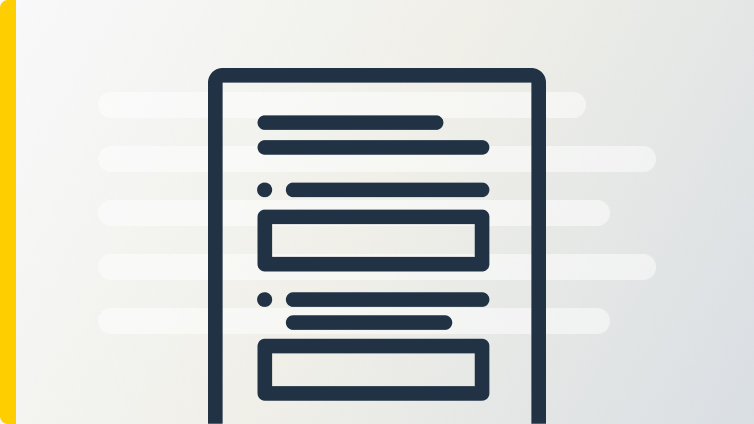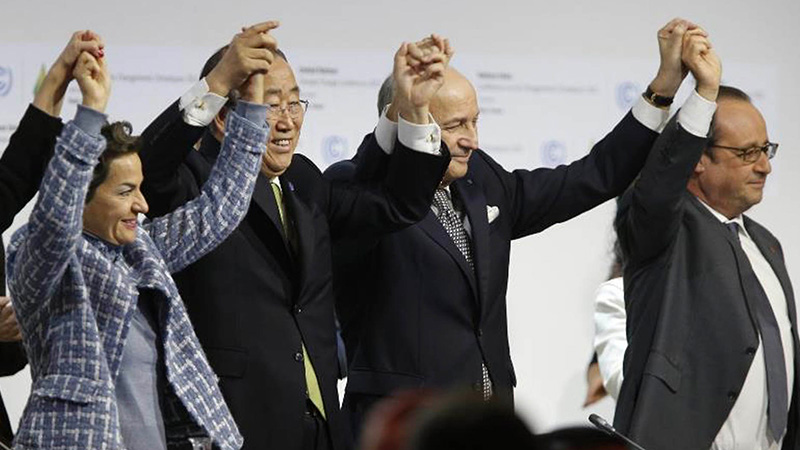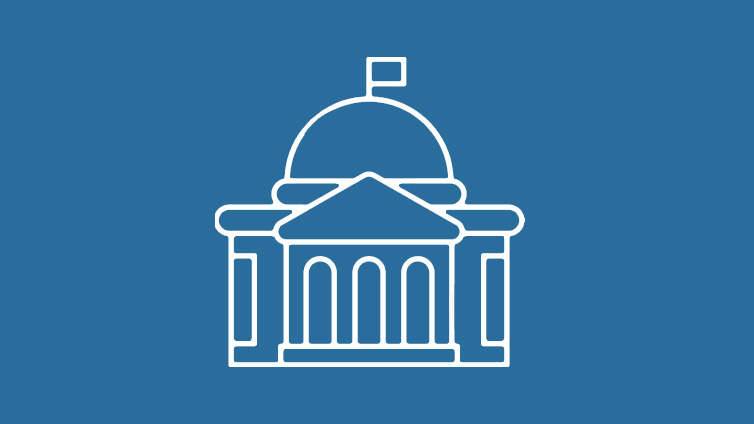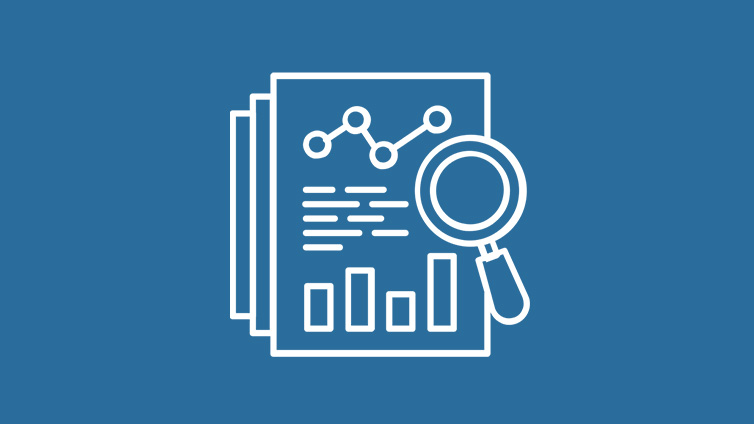Implementing Decarbonization Strategies
Teacher Resources
Driving Question: How should we implement decarbonization strategies?
How can we move from strategy to action? Explore the importance of government policies at local, national, and international levels, and evaluate the most effective ways to bring climate solutions to life.
Learning Objectives:
- Explain the need for international collaboration in addressing climate change.
- Evaluate the successes and failures of previous climate policies.
- Identify strategies to make climate goals more effective.
Vocab Terms:
- cap-and-trade
- Inflation Reduction Act
- policy
- research and development (R&D)
- standards
- subsidy
Opener: Implementing Decarbonization Strategies
To teach this lesson step, refer to page 2 of Lesson 4.3 Teaching Guide.
When it comes to setting policies to reduce emissions, different levels of government are responsible for different things. Take a sneak peek at a few.
What’s the Role of Government?
To teach this lesson step, refer to page 2 of Lesson 4.3 Teaching Guide.
In this blog post – What’s in the historic climate bill for your students? A lot! – you can learn all about the largest package of climate -related policy in US history!
What do we need government to do—and not do? Watch the video to hear from experts about how the right policies can bring about the transformations we need, and then use the activity to evaluate what you’ve learned.
-
Guiding Questions
-
Before you watch
Preview the questions below, and then review the transcript.
While you watch
Look for answers to these questions:
- How are government leaders around the world driving goals to reach net-zero emissions by 2050?
- Why is capital important for climate solutions, and what role does government play in funding those solutions?
- Where is government investment most impactful, and what’s one technology it has helped advance?
- How can government policy create markets for clean technologies?
- What are other ways that governments can help us reach our climate goals?
After you watch
Respond to this question: How do you think businesses and individuals can help government enact climate solutions?
Key Ideas
The Path to Decarbonization
To teach this lesson step, refer to page 5 of Lesson 4.3 Teaching Guide.
Looking to differentiate, modify or adapt this assignment? Check out our Differentiation Guide.
We need government policy at the local, national, and international levels. Read the article to explore what each area can do to set the stage for reducing emissions, and then explore a real-world example in the activity.
-
Guiding Questions
-
Before you read
Preview the questions below, and then skim the article. Be sure to look at the section headings and any images.
While you read
Look for answers to these questions:
- Why are climate goals important, even if they are sometimes not fully achieved?
- What is the difference between climate goals and climate policies?
- How do national policies contribute to climate action?
- Why are local governments important in shaping climate policies?
- Besides governments, who else plays a role in setting and achieving climate goals?
After you read
Respond to these questions: In what ways do you think strategies at different levels of government might work together to achieve their goals? In what ways do you think strategies at different levels of government might come in conflict with each other?
Investigating Decarbonization Policies
Research like this can be challenging—AI can help students get started:
- Have students prompt an AI to generate a list of policies related to their chosen solution, then select one or two to independently fact-check for credibility.
- Once they’ve chosen a reliable policy, students complete their research using that source. From there, you can either go fully AI-free or continue supporting their work with AI-assisted strategies from the classroom AI Guide.
What are real policies in place to support decarbonization, and what effect are they having? Pick a solution to see for yourself.
Closer: Implementing Decarbonization Strategies
To teach this lesson step, refer to page 9 of Lesson 4.3 Teaching Guide.
When it comes to reducing emissions, can more happen at the national, regional, or local level? See for yourself.






